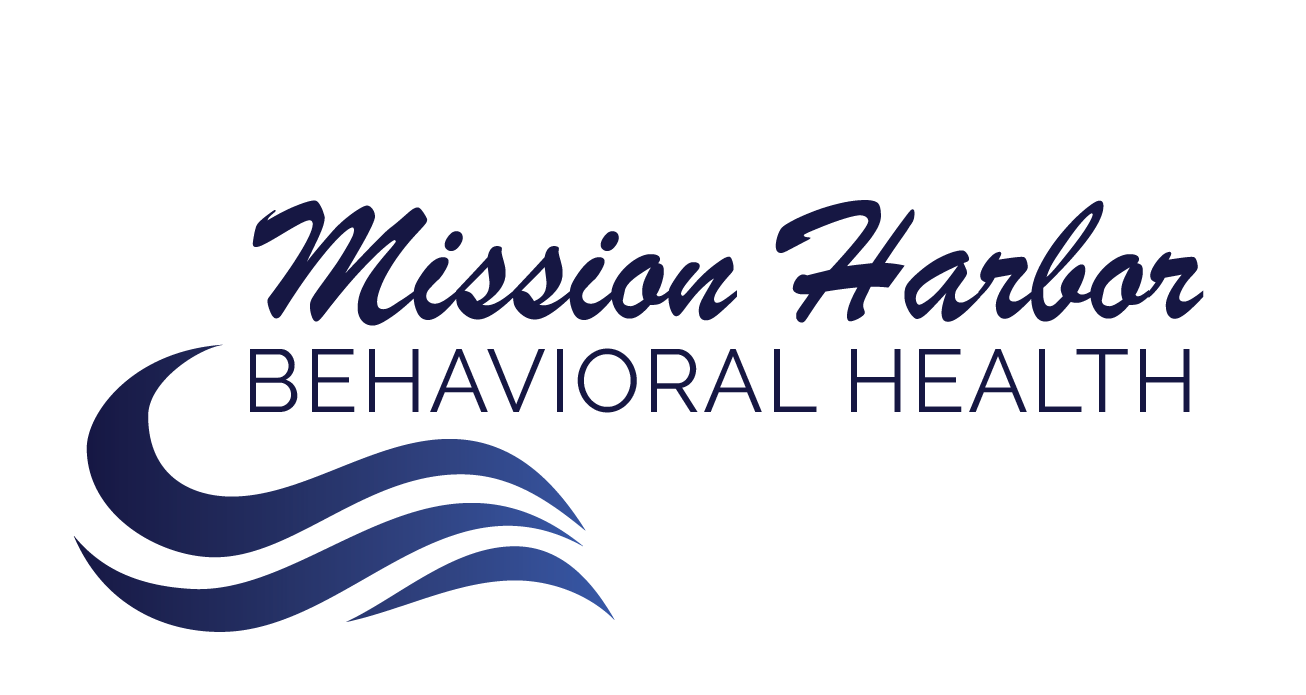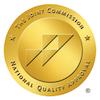
Helping a loved one who is struggling with addiction is never easy. It requires patience, understanding, and a proactive approach to guide them toward recovery. Addiction not only affects the individual but also takes a toll on family, friends, and other relationships. If addiction is taking over your life or someone you know, it might be time for an intervention. Here’s a closer look at the most common types of interventions and how they work.
What is an Intervention?
An intervention is a carefully planned process where family, friends, and professionals come together to help a person struggling with addiction recognize the impact of their behavior and commit to treatment. It is often guided by a healthcare professional, like a licensed alcohol and drug counselor, or a professional interventionist trained to lead these gatherings.
The environment for an intervention is intentionally nurturing, safe, and non-confrontational, which allows for honest and empathetic communication between the parties. During the meeting, participants talk about how the person’s addiction has affected their own lives and relationships by providing specific examples of destructive behaviors and their consequences. Additionally, the intervention will include a structured treatment plan with clear steps, goals, and guidelines, and it will cover what each participant will do if the individual refuses treatment.
Ultimately, the goal of an intervention is to help the person commit to treatment by showing how their addiction has harmed themselves and those around them.
Who Might Need an Intervention?
Interventions should be planned as soon as a person shows signs of substance misuse. Delaying action can increase the risk of serious consequences. Signs that someone might need an intervention include:
- Denial about their addiction or its affect on their life and others
- Resistance to seeking help despite facing consequences
- Health and safety at risk every time they use drugs or alcohol
- Refusal to listen to loved ones about their substance use
An intervention is often a necessary step when an individual is unable or unwilling to recognize the dangers of their addiction on their own. By addressing the issue early, family and friends can help the individual take the first step toward recovery.
Common Intervention Techniques
There are several approaches to interventions that range from simple, one-on-one conversations to structured processes involving professionals and multiple participants. The following are some of the most common intervention methods.
Brief Intervention
A brief intervention is a one-on-one, structured, and client-centered option that is led by a trained professional interventionist. It is non-judgemental and, depending on the circumstances, may involve one to four counseling sessions, each lasting between 5 and 30 minutes. Brief interventions are based on the FRAMES model, which says:
- Feedback discusses risks and consequences of substance use based on evaluation results.
- Responsibility encourages individuals to take control of their choices.
- Advice provides clear recommendations to reduce harm, such as cutting back or quitting.
- Menu of Options offers alternatives to support change and encourage personal control.
- Empathy uses reflective listening to build understanding without confrontation.
- Self-Efficacy builds confidence in the individual’s ability to make meaningful changes.
Research shows that brief interventions can be effective in reducing heavy drinking and stimulant use. These short sessions help individuals recognize the impact of their substance use and motivate them toward healthier behaviors.
Formal Intervention
A formal or classic intervention involves a group of close friends, family members, and even coworkers who come together to confront an individual about their addiction. Before the intervention takes place, a professional interventionist works with attendees to prepare for the discussion. This includes clarifying roles, setting expectations, and planning for all potential outcomes, including the possibility of resistance or refusal.
Family System Intervention
A family system intervention addresses not only the addiction of the individual but also the family dynamics that may contribute to or be affected by addiction. This actively involves the entire family in the recovery process and focuses on building healthier relationships. The goals of a family intervention include:
- Equip family members with strategies to handle the stress of addiction
- Reduce the emotional and practical burden addiction places on the family
- Address harmful family patterns that negatively affect recovery efforts
- Strengthen family involvement to encourage treatment participation and maintain progress
- Create a supportive environment that minimizes relapse risk
To meet these goals, families are encouraged to try different strategies that are designed to improve their ability to cope, encourage open communication, and support their loved one’s recovery journey. These include:
- Recognize and adjust to shifting family roles and responsibilities
- Make lifestyle changes that align with recovery needs
- Create an environment for open and honest discussions about addiction
- Focus on areas of recovery that are within the family’s control
- Allow space to grieve losses, such as strained relationships or missed milestones
Crisis Intervention
A crisis intervention becomes necessary when an individual struggling with addiction poses an immediate danger to themselves or others. This is initiated in response to sudden self-destructive behavior or a mental health crisis.
During a crisis, the person may experience intense confusion, anxiety, and frustration. Their ability to cope with stress may decline and lead to a heightened state of emotional and behavioral instability. In severe cases, this can manifest as violent outbursts, self-harming actions, or reckless and dangerous behaviors that put their life and the lives of others at risk.
Crisis interventions focus on de-escalating these immediate threats through a collaboration between loved ones and professionals who are trained to handle acute mental health and addiction crises.
Johnson Model
The Johnson Model is a structured intervention that is designed to guide an individual toward treatment with the support of family and friends. It focuses on creating a safe and supportive space for open discussion while maintaining a firm emphasis on the need for change. This intervention consists of seven components:
- Treatment Team: This will include family, friends, a therapist, and/or a professional interventionist.
- Planning: The time, location, and structure of the intervention is planned.
- Focus on Care: Maintain a positive and supportive tone rather than placing blame or criticism.
- Addiction Only: Focus on addressing only the issue of addiction, and avoid unrelated topics that might distract or overwhelm the individual.
- Evidence: Attendees present specific examples of how the individual’s addiction has negatively impacted their life and the lives of others. These can be put into letters.
- Primary Goal: The main objective is to motivate the individual to get treatment by framing it as a way to improve their quality of life rather than as a form of punishment or consequence.
- Treatment Options: Give the individual a sense of choice and control over the next steps by preparing a list of treatment options.
Research shows that individuals whose families complete a Johnson Model intervention are more likely to enter treatment than those who do not receive this type of support.
Do’s and Don’ts of an Intervention
Regardless of the type of intervention, careful planning and thoughtful execution are necessary to ensure the best chance of success. Here are some guidelines to keep in mind:
- DO educate yourself about addiction and available treatment options.
- DO take the time to carefully plan the intervention, including what will be said.
- DO work with a professional interventionist to help guide the process.
- DO approach the intervention with empathy, and stay calm and composed throughout.
- DON’T blame or shame the individual for their addiction.
- DON’T ambush them without thorough preparation and a clear plan.
- DON’T engage in confrontational or aggressive behavior during the intervention
Additionally, you’ll want to avoid including anyone who:
- Your loved one dislikes or has a strained relationship with.
- Has unmanaged mental health or addiction issues of their own.
- Is unable to stick to the agreed-upon script during the intervention.
- May disrupt or interfere with the intervention process.
Get The Help You Need Today
An intervention can be a turning point in helping a loved one recognize the impact of their addiction and take the first steps toward recovery. If your loved one is struggling with addiction, don’t wait to take action. Contact us today to learn more about our support services and how we can help you on your recovery journey.
The facilities at Mission Harbor are staffed with trained experts to best assist patients with their mental health issues. We are capable of dealing with any and all cases with a licensed staff, equipment, and approved techniques. Our mission is to help those who want to help themselves, and we support your decision in seeking help.
Get Help Now
Addiction is extremely difficult to overcome on your own. Seek specialized help and let professionals guide you in your recovery.

